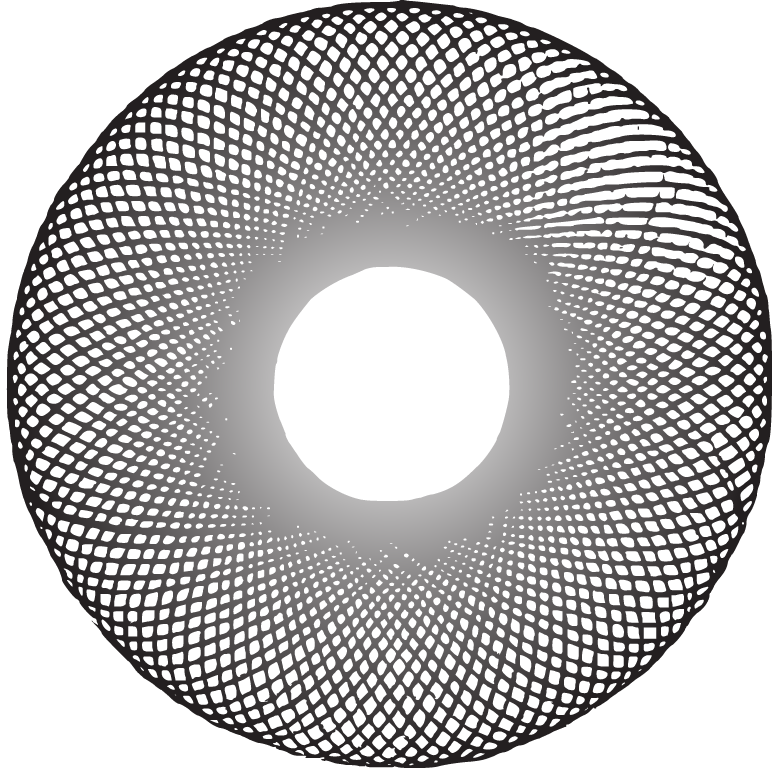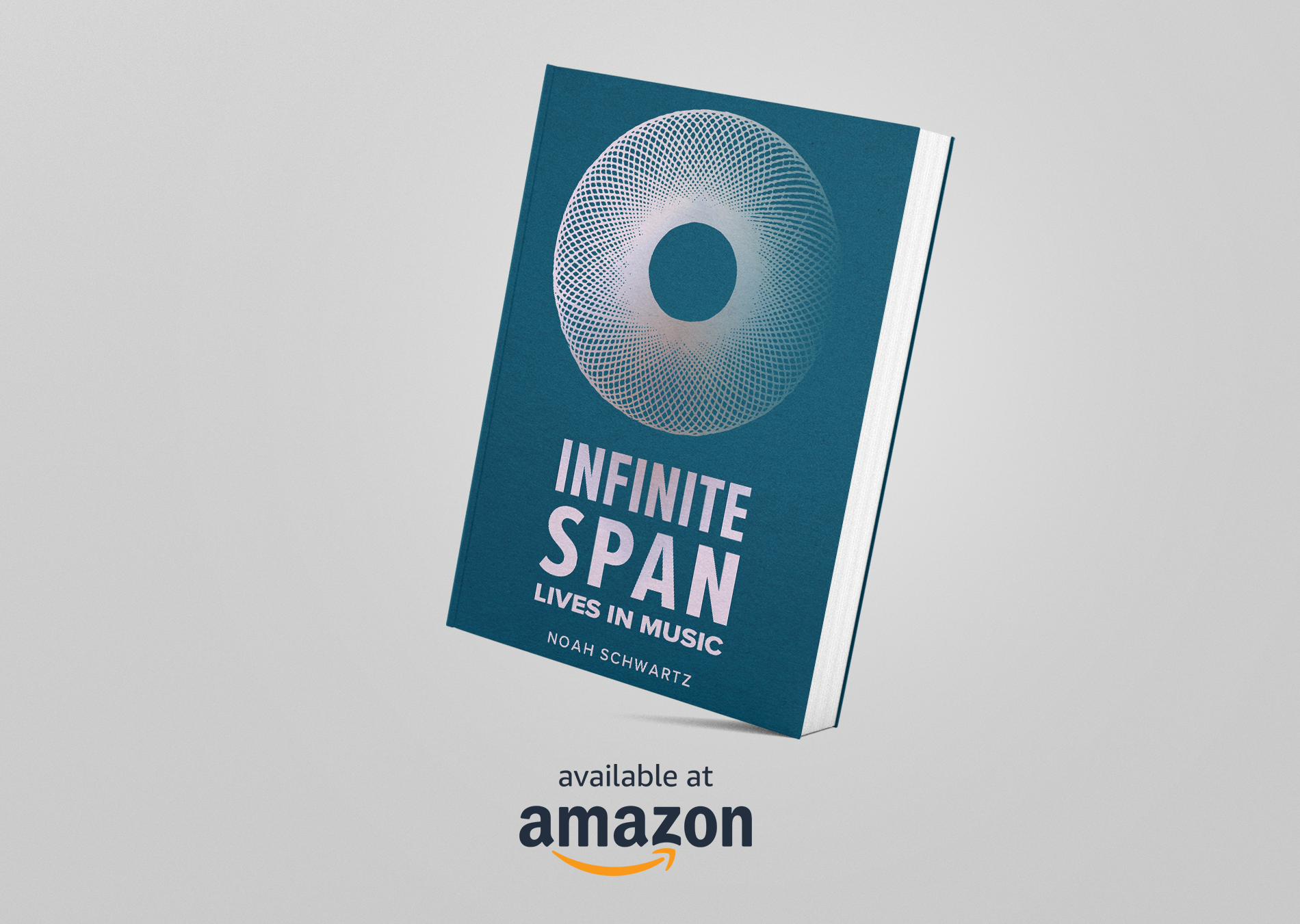Software is Eating Music
/In 2011, famed Silicon Valley entrepreneur Marc Andreessen wrote that "software is eating the world", explaining that modern society is “in the middle of a dramatic and broad technological and economic shift in which software companies are poised to take over large swathes of the economy.”
We see this with Music, software has changed everything, from creating sounds and playing instruments, to affordably accessing and listening on multiple devices. In June 1999, Napster was launched and ushered in the age of digital music. At the time, standalone MP3 portable media players were the norm, as people downloaded single songs or albums to take with them on the move. Apple’s iPod is the product that helped it become one of the most successful companies in the world. Now, downloading music is rarer, as we stream songs from our smart devices — phones, computers, TVs, tablets, and more.
Napster let users freely download music for the first time and marked the beginning of the 2000s era copyright wars and the modern debate over the value of recorded music, which persists today.
When we think about recording music today, we might think of a digital audio workstation, or a massive multitrack studio like Jimi Hendrix’s famous Electric Lady Studios. There are more configurations of recording today than ever before. Apple again is at the centre of this universe, with its MacBook a part of the quintessential home production set-up.
In 2018 Grimes debuted the song that’s what the drugs are for in an MacBook ad. The ad featured Grimes making music with her MacBook, using Apple's Logic DAW. Logic is the professional version of Garageband which comes preinstalled on all Apple computers.
In the early days, recording was initially used to capture live performance. The goal was to sound as close to live music as possible. Before microphones were used for recording sound was funnelled through recording horns. The sounds vibrated an attached diaphragm and stylus, and etching the sound waves onto a rotating wax disc. Today, in the recorded music era, this expectation has flipped, with some audiences expect live performances to sound the same as the recorded version, leading some artists to lip-sync over pre-recorded tracks.
In 2004, Ashlee Simpson became the example of when lip-syncing goes wrong. When the wrong background track was cued during her performance on Saturday Night Live, the audience quickly realized she wasn't actually singing. So she did what anyone would do, and awkwardly danced her way into history.
Recording was prohibitively expensive. Artists could rarely afford recording costs themselves, so they needed record labels to access recording technology. In turn, labels then relied on sales of physical recorded product to recoup that money and hopefully make a profit. Vinyl was the medium for recorded music for much of the 20th century, and the “record label” term originates from the round labels in the centre of a record. The most popular vinyl was the 7” / 45rpm. Cassette tapes began offering a portable solution for listening to music, with the Sony Walkman player launching in 1979. This offered a listeners a more personal experience that they could take through the world.
One of the most prolific stars of the 1970s and 80s, Rick James became infamous in the music industry for taking advances from multiple record labels at once…without actually recording anything.
As technology advanced, recording became an art unto itself, generating a multitude of new forms of musical expression. Famous artist and engineer teams like The Beatles & George Martin, Michael Jackson and Quincy Jones, and Jimi Hendrix and Eddie Kramer pioneered new sounds and methods in the studio. Soon, live performance began to emulate recordings as they became the listener’s primary conception. The recorded product was the leading currency.
Boy serenading girl outside her home is a classic scene in any romantic work, dating back to Romeo and Juliet. But in 1989’s Say Anything added a twist to the script. Instead of singing for his ex-girlfriend, John Cusack held up a boombox blasting Peter Gabriel’s "In Your Eyes".
For a long time, recording music took a special set of skills. You needed to understand the technical hardware, the space, and the instruments the artists were playing. Not everyone could be a producer or engineer, it was reserved for experts like Ahmet Ertegun and Rudy Van Gelder.
The transfer of recorded music from physical to digital has lowered barriers to entry for musicians and listeners, and moved recorded music from a relatively scarce commodity that sold out of record stores to an abundant, inexpensive media, that can be played anytime you want on a streaming service.
We can still use studios and hardware, but there are also a host of digital software options that we can set up in our own bedrooms.
Digital has not replaced analogue, but it has given artists more options. It’s allowed many more people to record themselves, and spurred the creation of new musical styles that could never have existed before.
The rise of digital production has empowered artists like Kanye West and Deadmau5, who have created new sounds, styles, and genres, opening doors for new kinds of sound exploration.
As the costs of recording have decreased, so too has the monetary value of that recording. Before, an album sold for maybe $10. Today, a stream is worth less than a penny.
In the digital age, recorded music can still be a viable source of income for many artists, but it is no longer their primary currency. Recorded music is one of many currencies artists can use to build strong connections with their fans.
It’s still vital to have recorded music. But the way it’s created, produced, and distributed has to be thought of in a wider context that includes performance, video, community engagement, and other mediums.
Cardi B uses a variety of mediums to connect with fans, including recorded music, video, live performance, social media, and engaging with issues in politics and popular culture.
So, How do we learn about music? We might think of Music Theory, Acoustics, or live performance. But in the information age when we learn about music we invariably engage with software. With digital media and the internet, software has truly consumed music.












